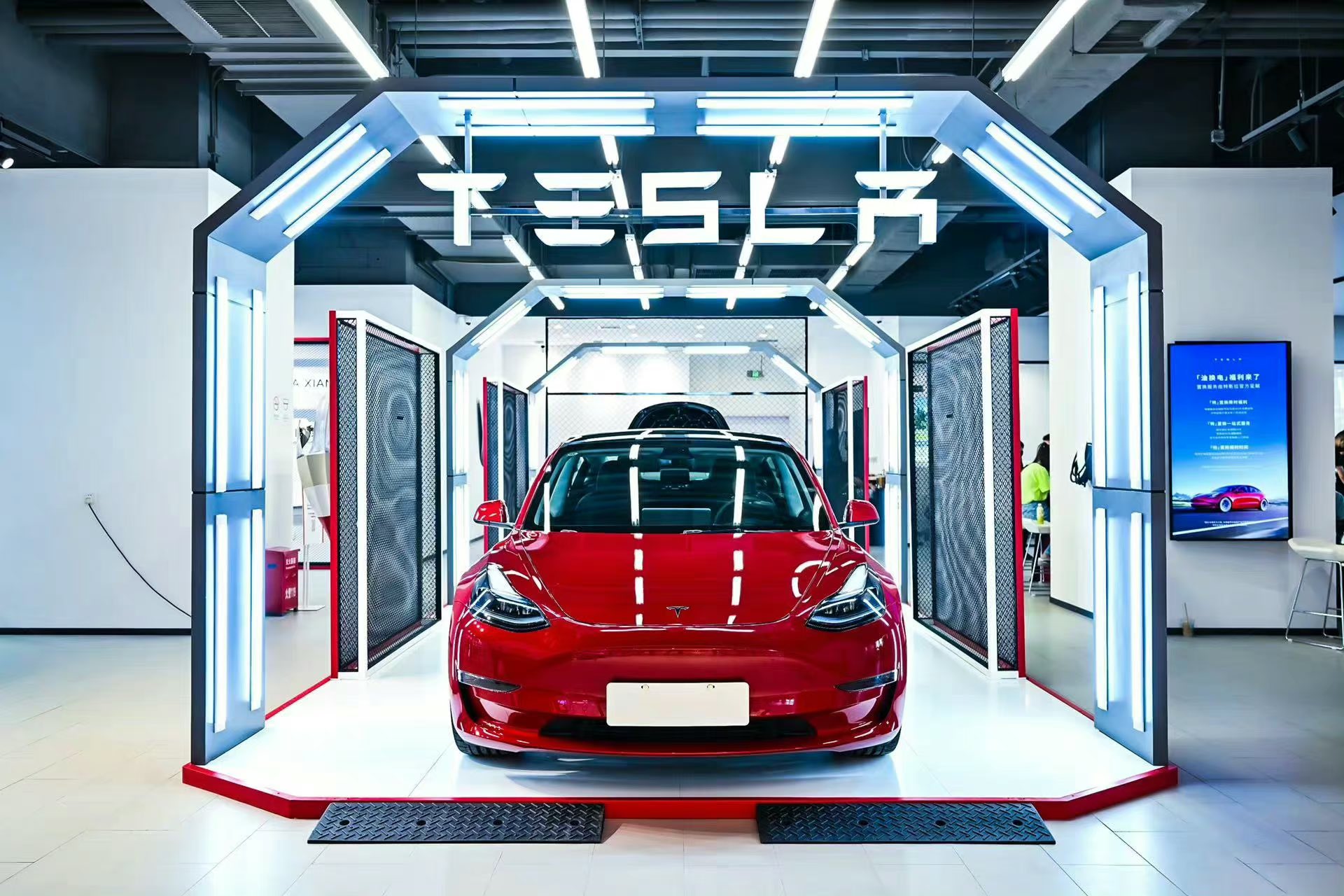FastLaneJB
Active Member
Yes and no, assuming the charger is powerful enough then a larger battery will also charge faster. Not looked but maybe there's some stats to show charge times of a Model S LR or Plaid vs a Model 3. You can see this though that a Model 3 SR+ will charge slower than a Model 3 LR / Performance for same reasons, even more they changed the battery chemistry.I would look at the longer battery this way:
if range would suddenly become 500 miles, meaning that it is ~100 kwh. this would mean that I would stop to charge at SC for longer time but much less often.
Now for most people, you stop only during long trips. and in many cases this is like 15 min top up session (I presume)
but since with larger battery you reach your destination without need of SC - this slot will remain open.
And exactly that around not needing a charger in the first place. The less you need to use public chargers, the less chance they'll be full and the less we might need overall as well. If you add in that you might still be able to fill that pack at the same speed roughly as a smaller pack then when you do need to charge you won't be taking that charger for any longer.
Just looked on YouTube and can see videos of Model 3 charging from empty to full and a Model S Plaid from empty to full, it's pretty much exactly the same time. Not saying in the future as battery chemistries change this will always be the case but it is now. You need a bigger battery to go faster for a faster discharge rate, Plaid is still limited by the batteries and not the motors. In reverse if you want to charge quicker, you also need a bigger battery. That faster charge speed cancels out the fact you have more capacity to fill. It's only an issue if you are on a slow charger where the charger and not the battery is the limiting factor for charge speed.
Last edited:



